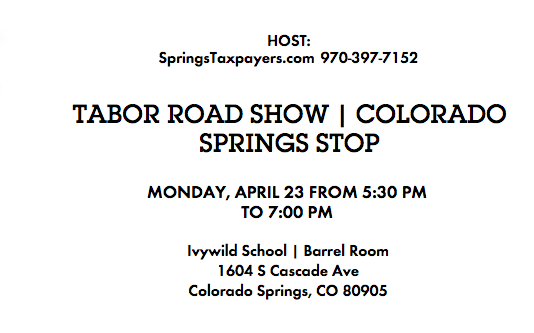Colorado Supreme Court upholds legality of taxes for special districts, like RTD
TABOR requires voter approval for any tax hike

RTD’s G Line testing in Olde Town Arvada Jan. 02, 2018. The Colorado Supreme Court has upheld the legality of sales taxes that are collected by two special districts in metropolitan Denver.
The ruling by the state’s highest court rejected a lawsuit from the TABOR Foundation, a taxpayer advocacy group that alleged the Regional Transportation District and a cultural district were violating Colorado’s Taxpayer’s Bill of Rights, or TABOR, which requires voter approval for any tax hike.
The lawsuit stemmed from a 2013 measure passed by lawmakers allowing the districts to collect taxes on items previously exempt from local sales taxes, such as candy, soft drinks, cigarettes and food containers.
The court ruled that the new taxes represented such a minor change to tax policy that they did not require voter approval.







